Recently updated on April 30th, 2024 at 05:51 pm
Potatoes are the most commonly eaten vegetable in the world, but they shine most brightly in Peru. After originating from the wild Andes of Peru thousands of years ago, they have become a treasured crop worldwide and the star of Peruvian cuisine. We look at the history of Peruvian potatoes and how they became one of the world’s favourite foods.
The Incas discover the potato
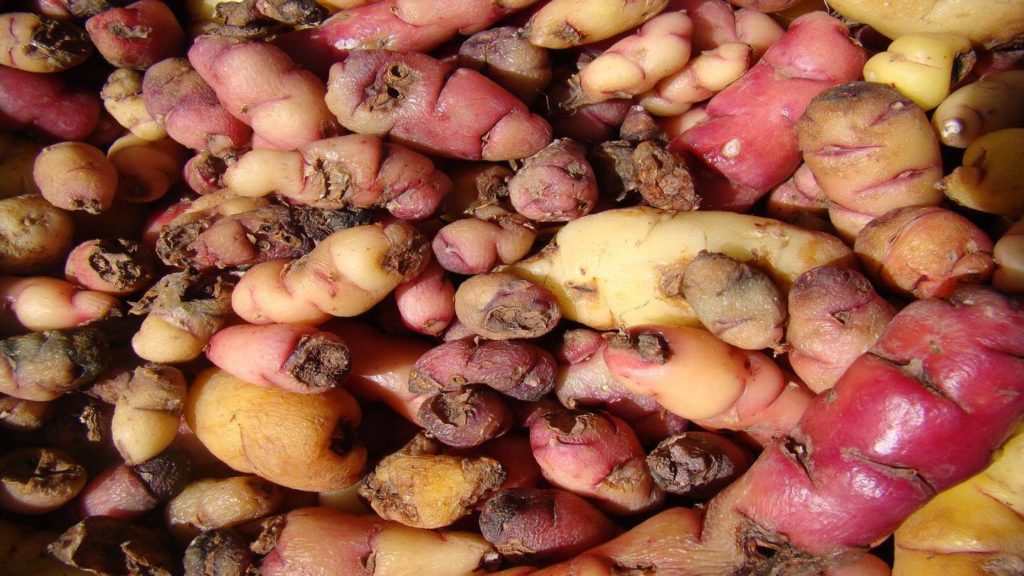

The humble potato’s story began more than 10,000 years ago on the shores of Lake Titicaca, in present-day Peru. The Incas are believed to have been the first to cultivate potatoes all the way up in the Andes mountain range, at 3,800 metres above sea level.
Wild potato plants already grew around the lake, and communities of Inca farmers began domesticating the potato and learning how to preserve this sturdy veggie.
The Incas discovered that by dehydrating the potatoes into a substance called chuño, they could store it for up to 10 or even 15 years. Peruvian potatoes were versatile too. The Incans boiled, mashed, roasted, fermented in water to create a sticky toqosh, and ground to a pulp and soaked to create almidón de papa (potato starch).
Peruvian potatoes soon formed the basis of the Incan diet, sustaining great cities and Incan armies. It became a revered food, as the Incans also used potatoes to treat injuries, predict the weather, and make childbirth easier. The Incans even used the modest potato to measure time, as Incan units of time corresponded with the length of time it took to cook a potato to different consistencies.
The Peruvian potato comes to Europe
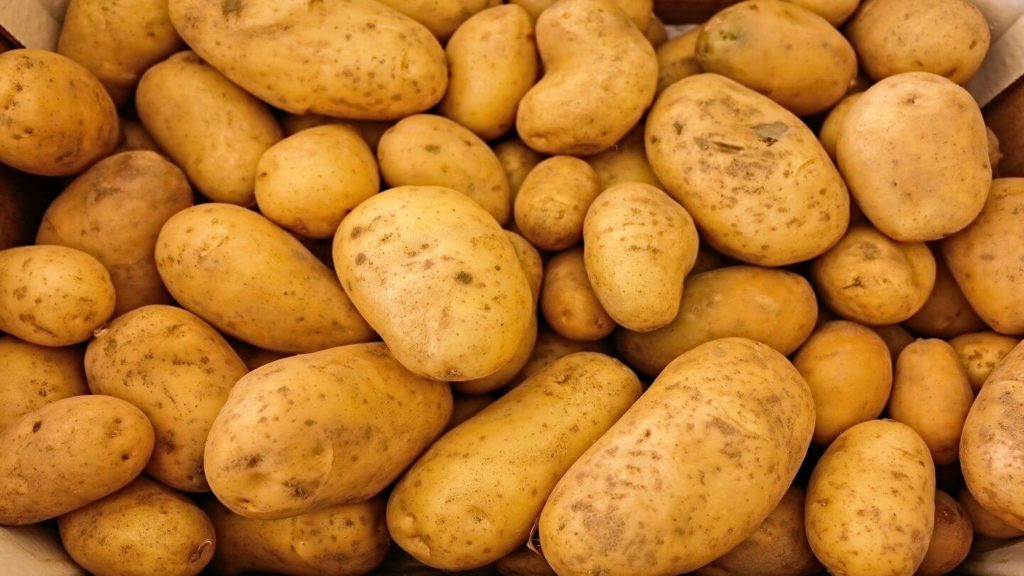

It wasn’t until the mid-16th century that potatoes spread beyond the shores of South America. After Spanish Conquistadors ransacked Peru in hopes of finding gold, they instead discovered the potato.
The Spanish were impressed with this root vegetable that was easy to farm in abundance and store for long periods. Packed with vitamin C, the potato also relieved scurvy among the Spanish sailors. Peruvian potatoes quickly became a staple item on Spanish ships and the Conquistadors carried them across the seas to Europe.
A few decades later, Sir Walter Raleigh, an English explorer, writer, soldier and politician, introduced potatoes to Ireland in 1589, on 40,000 acres of land near Cork. It took many more decades before potatoes became a prominent part of the European diet. It wasn’t until the 1780s that the Irish began farming potatoes in abundance, thanks to their hardiness and nutrition.
More than just a snack
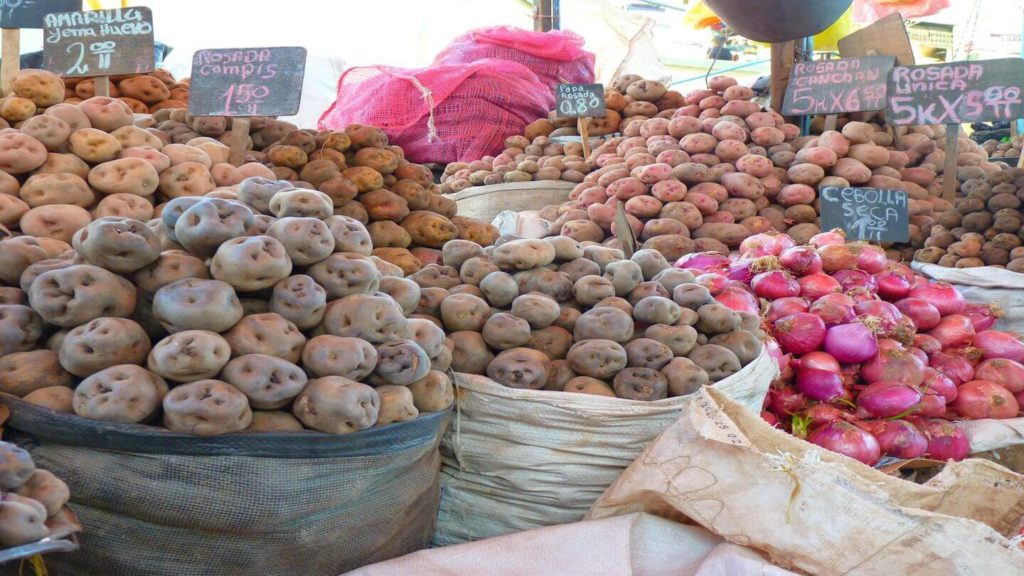

Since then, the potato has travelled all over the globe, becoming one of the most important foods in the world. Although it may seem like a simple tuber, the potato has played a great role in human history.
Today you can find over 4,000 varieties of native potatoes grown in the Andean highlands of Peru. They come in every shape and colour, including blue, yellow, red, pink and even bright purple Peruvian potatoes. The markets are overflowing with fascinating potato varieties, so you’re never too far from a trusty potato in Peru. The country even celebrates National Potato Day on 30 May each year!
Potatoes are more than just food in Peru, and are an important part of Peruvian heritage. Many local farmers cultivate different potato varieties to preserve historic traditions. Different communities trade special varieties of potatoes and gift them at weddings and celebrations.
Potatoes can also be used for medicines, and are said to relieve headaches and skin irritation. Varieties like the Peruvian purple potato are incredibly high in antioxidants, making them super healthy. Of course, they’re also delicious. So how can you eat these tasty potatoes in Peru?
RELATED CONTENT: The Peruvian women keeping ancient textile traditions alive
Potato recipes to try in Peru
Papa a la Huancaína
Papa a la Huancaína is one of the most popular dishes in Peru. It’s made from slices of boiled potato drenched in a spicy cheese sauce that gets a kick from aji amarillo, a Peruvian yellow pepper. Served with black olives and hard-boiled egg, this is a dish you have to try in Peru.
GET INSPIRED BY: Highlights of Peru
Causa Rellena
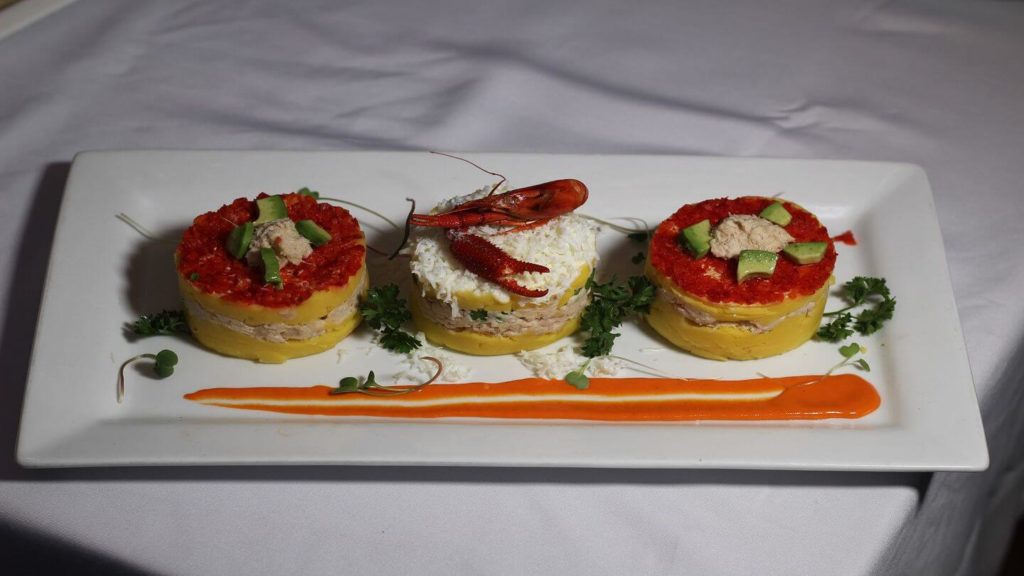

This traditional potato dish is made with layers of mashed potato, vegetables, meat or fish and a spicy sauce with aji amarillo, packed into a round mould. You can also fill the dish with tuna, smoked trout, avocado and tomato. It’s usually garnished with olives and hard-boiled eggs.
Lomo Saltado
This dish is the Peruvian version of your classic stir fry. It’s made from marinated strips of sirloin mixed with fried potatoes, onions, tomatoes and soy sauce. Served with steamed rice, it’s the perfect comfort food on a winter’s day in Peru.
Chuño
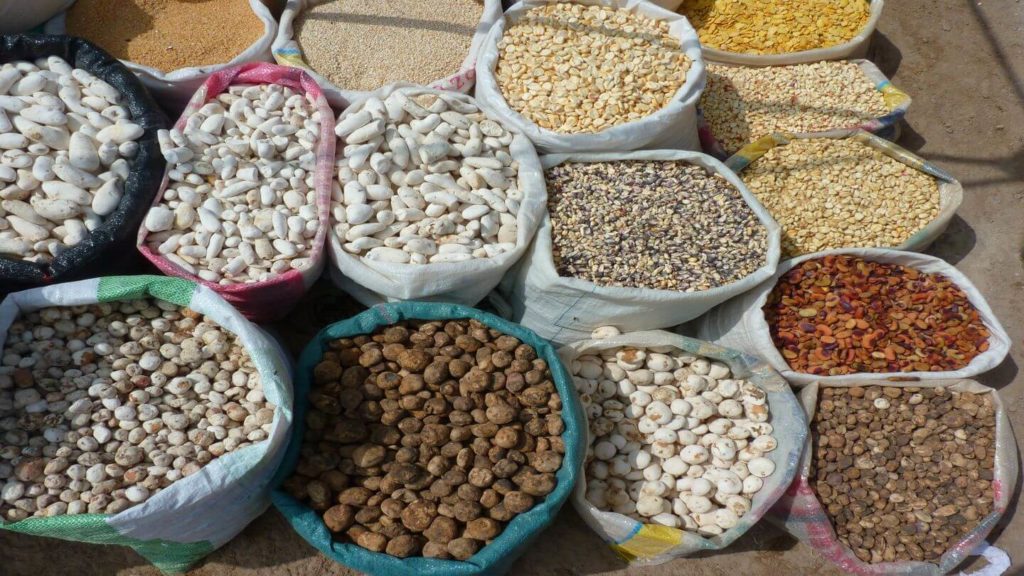

Chuño means ‘freeze-dried potatoes’ in the Quechua language, and it’s one of the oldest potato recipes in Peru. It’s made from potatoes that have been soaked in water, dried in the sun, and left to freeze overnight. You repeat the process until all the water evaporates and the potato fully dries.
Once used as a reliable safeguard against crop failures, chuño can be stored for decades. Today, it’s a delicious addition to hearty soups and stews and can even be eaten on its own after rehydration.
Salchipapas
If you’re after some starchy street food, look no further than salchipapas. This fast food dish is popular among street vendors in Peru and is made from thinly sliced, pan-fried beef, sausages and potato French fries. Served with coleslaw, ketchup or mustard, this is the perfect snack to munch on while exploring the streets of Lima or Cusco. If you like it spicy, add a little aji amarillo paste for a yellow peppery tang.
Have you tried any Peruvian potato dishes? Let us know in the comments below…